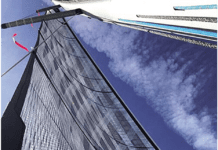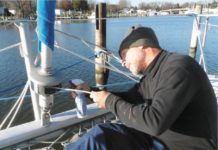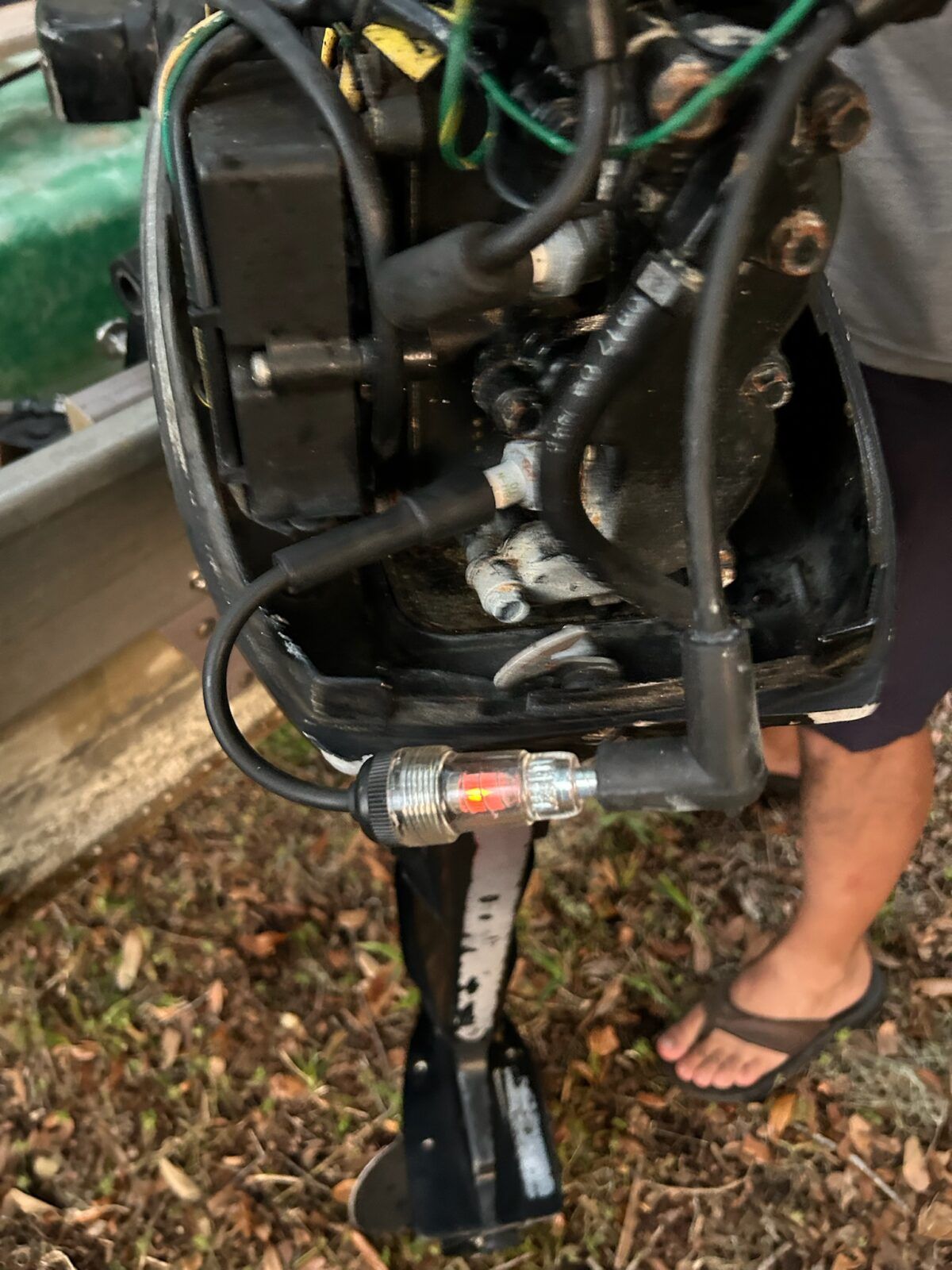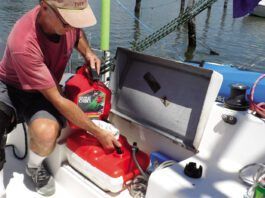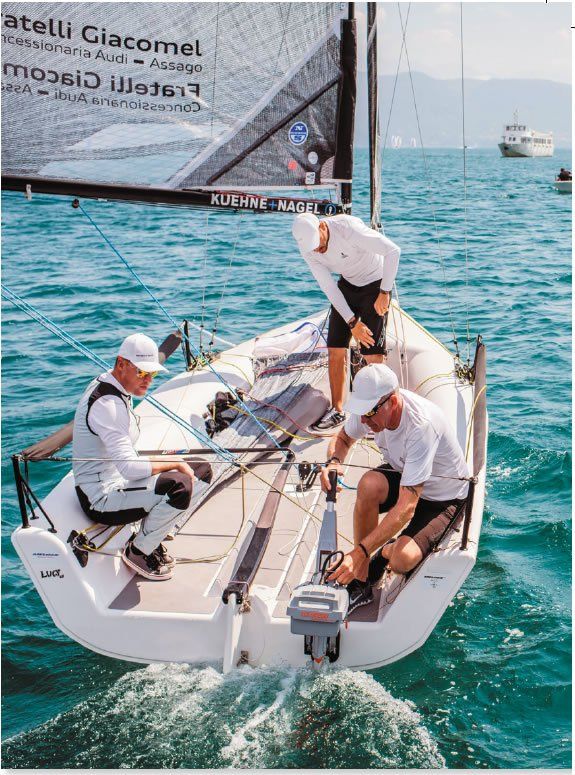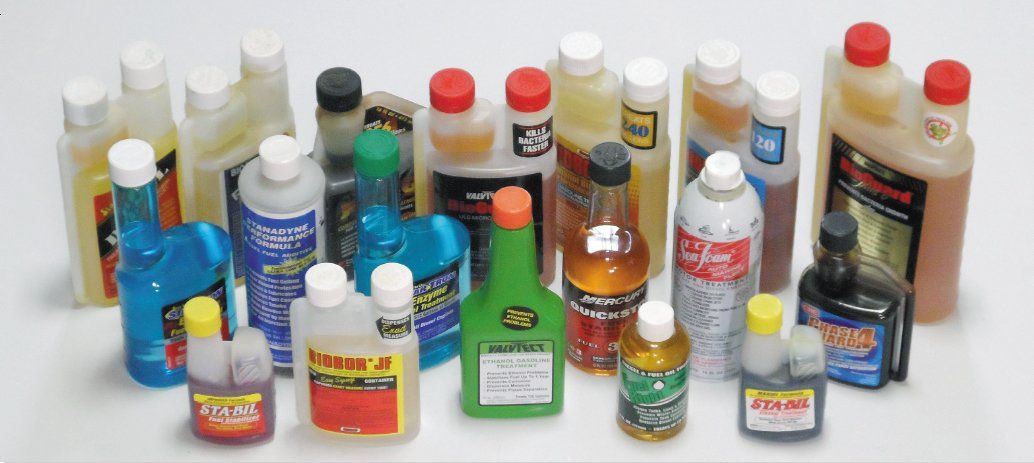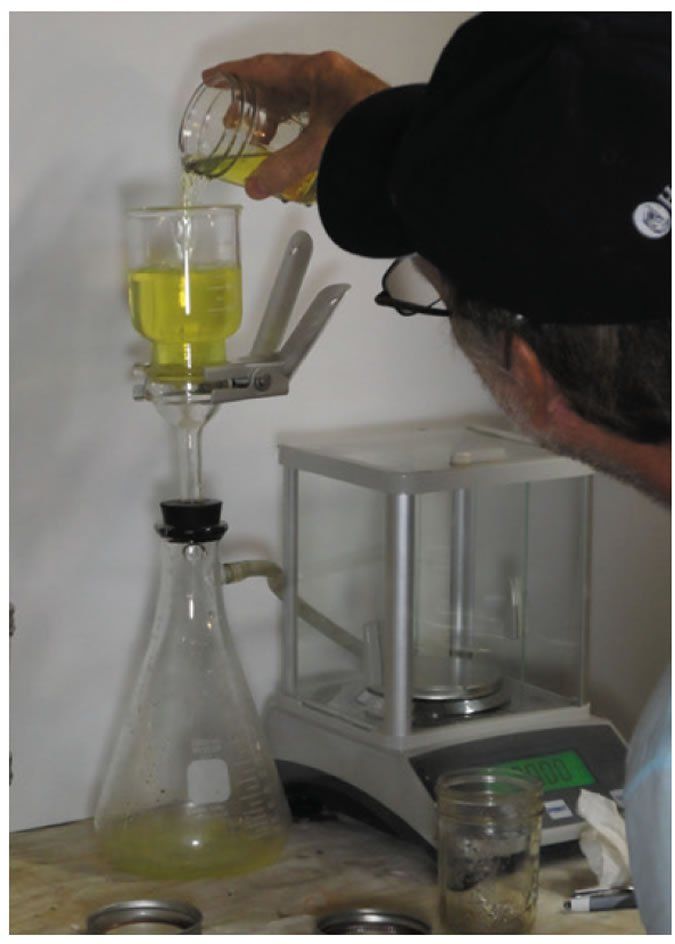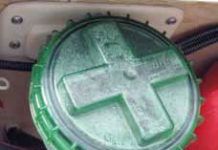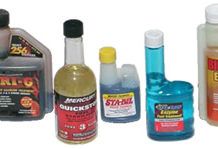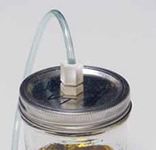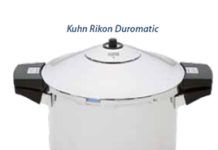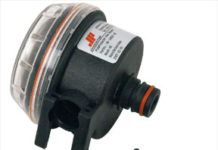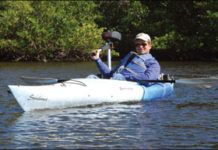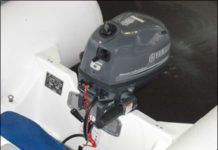EPA Mandate Sparks Fuel-vent Filter Test
Every day, as the temperature rises and falls, gases inside your fuel tank expand and contract. The emissions released during this diurnal breathing have raised concerns at the U.S. Environmental Protection Agency, and in July 2011, the agency mandated passive carbon canister filters on all installed gasoline-tank vent lines to collect fuel evaporation emissions. While older boats are not required to retrofit, we wondered how such a filter would affect fuel quality and engine performance-and whether carbon is the most effective filter media-so we launched tests using E10, gasoline, and diesel to find out.
E-10 Fuel Additives that Fight Corrosion
Practical Sailor’s original goal with this evaluation was to run a long-term test of fuel additives. Instead of adding heat or oxygen or excessive corrosive materials, we would substitute time. After six months of testing additives in E-10 gasoline, we found no measurable corrosion, so we elected to add a small amount of seawater and compare fuel samples after one month. The results were surprising to even our testers. The additives we tested were: Hammonds’ Biobor Ethanol Buster, CRC’s Phase Guard 4, Mercury Marine’s Quickstor, PRI-G, Sea Foam Engine Treatment, Sta-bil Ethanol, Star Tron Ethanol, and ValvTect Ethanol.
Testers Tinker with Tinker Bell-sized Fuel Tank
If you really must know how we compared the fuel additives, here are the particulars.
PS’s Best Practices to Combat Fuel Problems
Additives can’t solve real gasoline-quality problems. At best, consider additives to be only a final tweaking opportunity, something to supplement the following fuel management practices.
PSs Best Practices to Combat Fuel Problems
Additives can’t solve real gasoline-quality problems. At best, consider additives to be only a final tweaking opportunity, something to supplement the following fuel management practices.
Practical Sailor’s 2011 Gear of the Year Picks
Each year, as the fall boat shows—and the deals that come with them—appear on the horizon, we pore over the numerous products we’ve reviewed in the previous 12 months to select the cream of the crop for our Editor’s Choice awards. We hope the list will help readers better navigate any boat-show or end-of-season shopping. This year, we picked from the Best Choice products evaluated in the September 2010 through August 2011 issues. The 2011 GOTY roster includes an electric outboard, some stout bullet blocks, electric marine toilets, bilge pumps, chafe gear, and marine maintenance products like bottom paint.
Winterizing the Engine: Maintenance that Is Truly Preventive
Winterizing an inboard engine installation means a lot more than filling the cooling system with antifreeze and stuffing a rag in the exhaust outlet. It means taking care of the exhaust system, the fuel system, the engine controls, and other components of the drive train, such as the shaft and prop. If you want to do these things yourself none of them is difficult, only time consuming plan on a long day of work, or perhaps a leisurely weekend.
The Perils of Fantastic Plastics
This month’s Gear Graveyard called to mind the famous scene in the movie The Graduate when actor Dustin Hoffman is pulled aside at a dinner party and offered a word of advice: "I just want to say one word to you son . . . just one word . . . plastics." There are a myriad of polymer combinations that make up the vast realm we call plastics, so to speak of them in a general sense can be misleading. Some plastics, like the glass-fiber reinforced acetal copolymers used in a variety of marine hardware are extremely strong.
Practical Sailor Compares 3 Electric Outboards
When it comes to the development of electric drive systems large and small, there’s a double-headed challenge. The first is the propulsion system itself, a combination of electric motor and drive train that efficiently turns watts into speed through the water. The second part is the acquisition of power to run the motor. Electric propulsion, in our opinion, is a good fit for daysailors and marina-to-marina cruisers, so we tested a few options available to recreational boaters looking for an electric outboard: the Torqeedo T-801, which we previously reviewed; the new Torqeedo T-1003, a beefier iteration of the T-801; and the Electric Paddle, a less-expensive option.
Yamaha Updates F-series Outboards with New F4 and F6
Yamaha recently updated two of its portable outboard engines, the F-series four-horsepower outboard and 6-horsepower engine. We reviewed the original F4 and F6 in 2003. Both updated designs use an 8.5-cubic-inch engine block and both weigh 60 pounds, which marks a weight loss for the F6 but an increase for the F4. Both also have improved stowage capacity and demonstrated solid performance. The report compares the new outboards to the 55-pound Suzuki DF4, the top contender in Practical Sailors 2003 Outboard Engine test.













